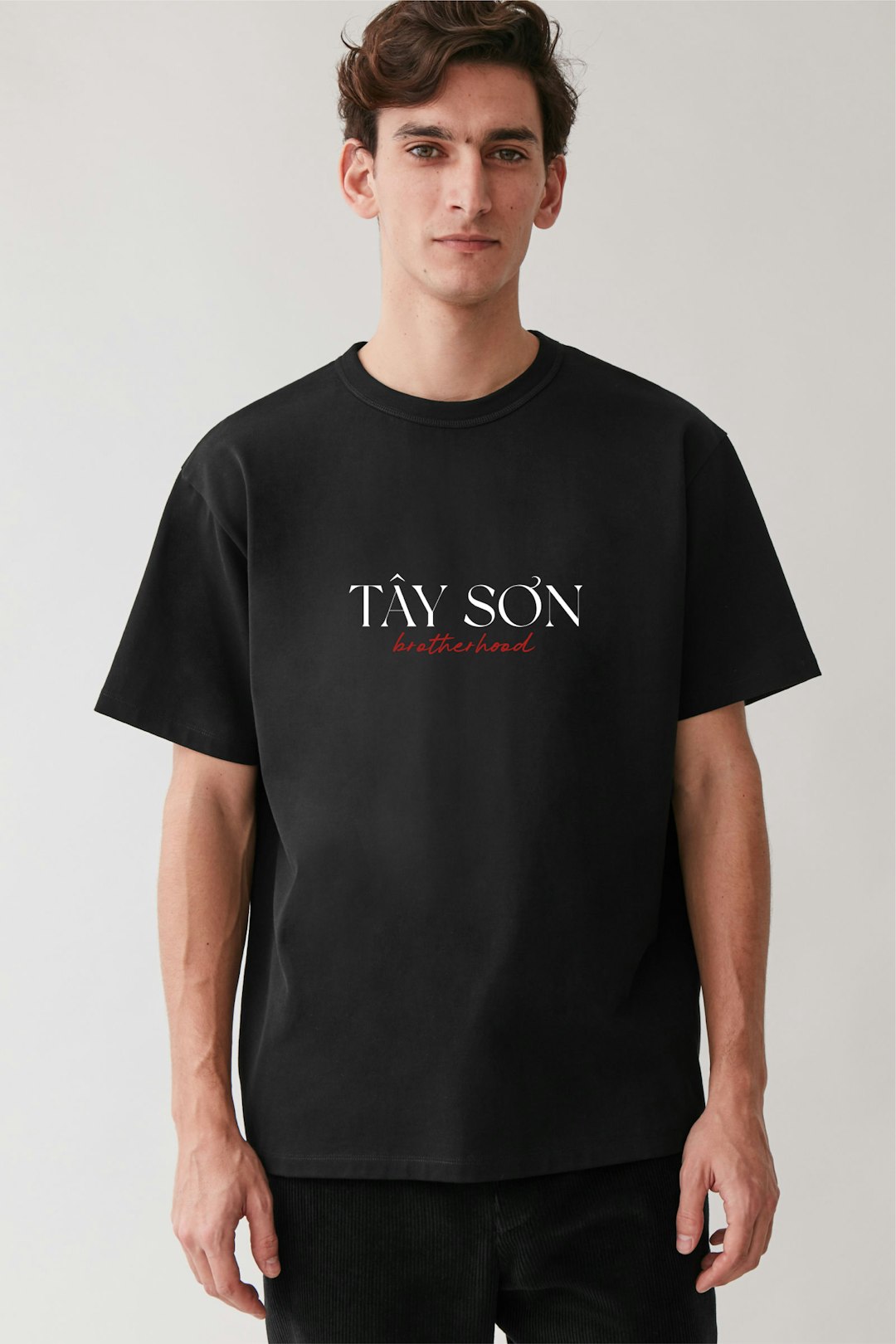Creating unique and memorable logos is an essential step for anyone venturing into the world of print-on-demand (POD) products like t-shirts, tote bags, and hoodies. A successful print-on-demand shop stands on the strength of its branding, and the logo serves as a central pillar of that identity. Whether it’s a minimalist symbol or a bold graphic illustration, the right logo not only attracts customers but also tells a story about the brand itself.
TLDR
A well-designed logo plays a crucial role in the success of print-on-demand items like t-shirts, totes, and hoodies. It improves brand recognition, creates emotional connections with buyers, and enhances the visual appeal of physical products. Digital design tools, print techniques, and niche targeting are all important to consider. Ultimately, the right logo can turn an average product into a bestseller by resonating with the right audience.
The Importance of Logos in Print-on-Demand
In the fast-growing world of POD, competition is fierce. Every day, hundreds of new designs enter platforms like Redbubble, Teespring, Merch by Amazon, and Etsy. So what makes one design stand out among the rest? Often, it’s the logo.
A well-thought-out logo is more than an art element—it’s a strategic branding tool. It’s what customers remember, recognize, and respond to emotionally. For apparel and accessories like t-shirts, tote bags, and hoodies, a logo must perform several tasks simultaneously:
- Represent the brand identity: It should convey the personality, mission, and values of the store or designer.
- Be visually appealing: A great logo catches the eye and creates curiosity when seen on a product.
- Ensure versatility: Logos need to look good in multiple sizes and on various merchandise, from small tote corners to full t-shirt fronts.
Design Principles for Effective POD Logos
When designing for POD products, certain graphical principles play a fundamental role in creating logos that convert viewers into buyers.
1. Simplicity
Minimal logos often outperform their complex counterparts. A clean, uncluttered design will look sharper when printed on fabric and be easier for customers to identify.
2. Scalability
Logos must look great whether they’re printed small on a tote tag or scaled large across the chest of a hoodie. Vector-based designs are recommended for scalability without losing quality.
3. Originality
Inspiration is great, but copying is not. With the rise of AI tools and design platforms, originality sets products apart and avoids copyright claims or store takedowns.
4. Print Optimization
Different POD platforms have different printing techniques (DTG, sublimation, screen printing), which can affect how a logo appears. Thin lines, gradients, or excessive colors might not reproduce well. Always preview the design in mockups before publishing.
Tailoring Logo Designs for Specific Products
Each product—t-shirts, totes, and hoodies—has its nuances. The logo’s design and placement must adapt accordingly.
T-Shirts
T-shirts offer the largest and most common real estate for logos. Center chest placement is the standard, but left chest, back-of-neck, and sleeve placements are popular for subtle branding.

Hoodies
Hoodies have more print zones, including sleeve and kangaroo pocket designs. Keep in mind the fabric thickness and seams, as overly detailed logos may distort.
Tote Bags
Totes have a vertical dimension that suits stacked or square-shaped logos. Since totes are often used in public, clear and readable logos perform better for brand exposure.
Digital Tools to Design POD Logos
There are numerous tools available to design custom logos, even for those with minimal graphic experience.
- Canva: Great for beginners with its drag-and-drop interface and pre-made templates.
- Adobe Illustrator: The industry standard for professional, vector-based logo design.
- Figma: Increasingly popular for collaborative and scalable design projects.
- Looka, Brandmark, Hatchful: AI-powered logo generators that allow easy creation based on input keywords and brand tone.
Niche Targeting and Themed Logos
One of the fastest ways to gain traction with print-on-demand items is to target specific niches. This requires tailoring logos to appeal to audience interests. For example:
- A retro-style logo for 80s nostalgia t-shirts
- A botanical illustration logo for eco-conscious tote bags
- A motivational quote-based logo for gym hoodies
Targeted designs tend to resonate deeper with customers, encouraging both initial and repeat purchases.
Testing, Feedback, and Iteration
Once a logo is created, don’t rush to print. Upload mockups and ask for opinions on forums, Reddit communities, or POD-focused Facebook groups. Real-world feedback can highlight flaws or offer insight into improvements you hadn’t considered.

Don’t hesitate to test multiple variations. Print on demand means there’s no inventory risk, so launching 3 designs with subtle logo differences can help data determine which version customers prefer.
Marketing with Logos on Apparel
The marketing impact of logos goes beyond just appearance. A logo can tell a story and create an emotional connection with a target audience. From social media to packaging, the logo becomes part of a holistic brand identity. It should also appear consistently across store listings, social banners, and even thank-you cards included with orders.
Common Mistakes to Avoid
Many new POD creators make several mistakes when designing logos for their products. Here are a few to watch out for:
- Using stock icons without modification: These often violate licensing and lack uniqueness.
- Overreliance on trends: What’s popular today may be irrelevant tomorrow. Consider timelessness.
- Ignoring printing limitations: Not all printers handle gradients or dark-on-dark color schemes well.
- Failure to test mockups: A design that looks good on a screen can disappoint in print if not previewed properly.
Conclusion
Logos are far more than just decorative elements for print-on-demand products. They are visual ambassadors of your brand, encapsulating style, voice, and purpose. Whether it’s a hoodie worn on a chilly day, a tote carried through a farmer’s market, or a tee that sparks online buzz, a compelling logo enhances resonance and reach.
Frequently Asked Questions
- What format should I save my logo in for POD?
- Use vector formats like SVG or EPS for scalability, or high-resolution PNG with a transparent background for uploads.
- Can I use AI-generated logos on my POD products?
- Yes, but check the licensing terms of your AI design tool. Some platforms require commercial rights for reselling use.
- Where should I position a logo on a hoodie?
- Common placements include the chest area, sleeve, or back. For branding, a subtle left-chest logo often works well.
- Is trademarking my logo necessary?
- Not mandatory, but if you plan on building a recognized brand, trademarking helps protect your intellectual property.
- What size should my logo be for print quality?
- Aim for at least 300 DPI and 4500×5400 pixels to ensure sharp printing on all products.
